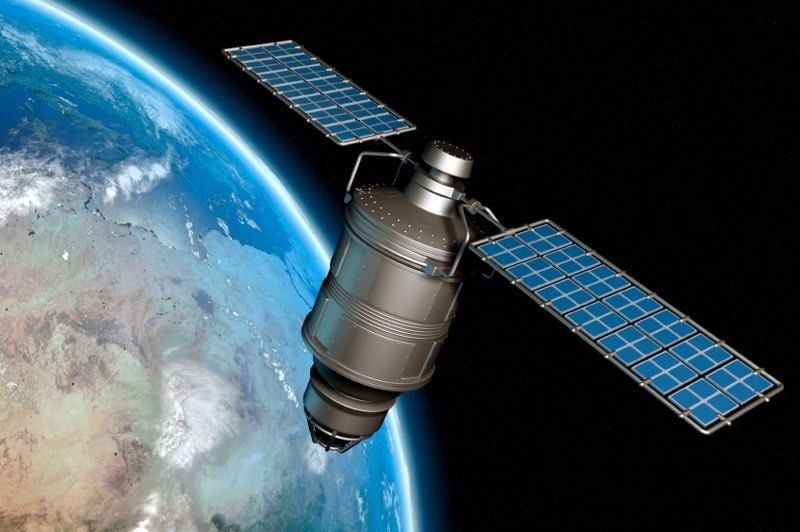
5G…in space!
By Examining the European Space Agency’s endorsement to deploy 5G satellites for IoT network coverageand how this latest development aligns with industry trends.
November 1, 2022
The European Space Agency (ESA) has endorsed the launch of low-orbit nano-satellites into space in an effort to provide optimal 5G coverage for internet of things (IoT) devices on Earth. The move will see Sateliot become the first satellite operator to boast IoT connectivity over narrowband (NB-IoT) networks.
The Sateliot constellation of deployed devices will act as cell towers in outer space, enhancing mobile operator coverage into areas that have previously struggled to secure good cellular coverage. From ships at sea to sensors operating in remote regions of the planet, the connectivity provided by these low-orbit nano-satellites will increase communications access in unprecedented ways.
This article will examine the impact of 5G solutions in space.
The Low-Earth Orbit (LEO) difference
As reported by Nokia, LEO satellites offer miniaturized versions of traditionally heavy satellites that beam coverage from between 300 to 1,200 miles above the Earth's surface. Weighing under 1,100lbs, these satellites are a far cry from older communication satellites that weigh over 2,204lbs and operate 22, 000 miles above the planet.
Whereas older satellites have remained in a single location in space for over 50 years, technology like Sateliot's devices will offer a lower-latency transmission of data to connected devices on Earth. Although their individual coverage area is smaller, a constellation deployment of multiple satellites can beam traffic between a cluster of units to enhance the blanket of 5G availability. This tactical deployment promises to offer seamless connectivity, even in difficult to reach areas.

Star wars
Sateliot's launch is one of the latest attempts to establish extraterrestrial dominance in the proverbial IoT communications stratosphere. A late-October Starlink launch from Elon Musk's SpaceX team witnessed the successful journey of 53 satellites to low-Earth orbit.
The launch represents the sixth Starlink mission, aimed at providing satellite internet access coverage to 40 countries around the world. SpaceX hopes to become a global mobile phone service provider after 2023, and this latest launch comes three years after the program began in 2019.
As more businesses use tracking devices for shipping containers, power generators and gas lines, the monitoring and maintenance of connected devices is dependent on lightning-fast coverage from satellite providers. From preventative maintenance to the tracking of distribution routes, remote areas have typically fallen victim to coverage blackouts that have scuffled oversight efforts. With the rise of 5G and LEO satellites, coverage can effectively eliminate these 'dark spots' on the planet, and offer an unprecedented volume of IoT connectivity.
As History-Computer reports, SpaceX is on pace to deliver a constellation of 12,000 satellites into orbit by 2026, contributing to a 'space race' of 5G providers who view space as the 'final frontier' of global communication.
Perle powers telecommunications efficiency
To learn more about how Perle is supporting the next generation of telecommunications industry innovation, we encourage you to view our telecom case studies page. Perle offers a variety of IoT connectivity enhancements for businesses looking to take advantage of the latest 5G capabilities.
Designed to boost the communication capabilities of vehicles on land, at sea – or potentially in space – Perle device servers ensure your network data communications are secure. For more information on how these resources can provide monitoring and maintenance for your network or infrastructure, contact Perle today.



